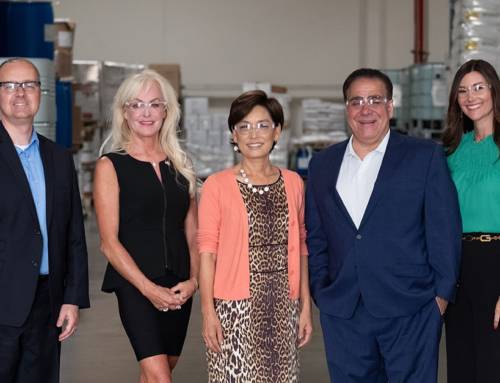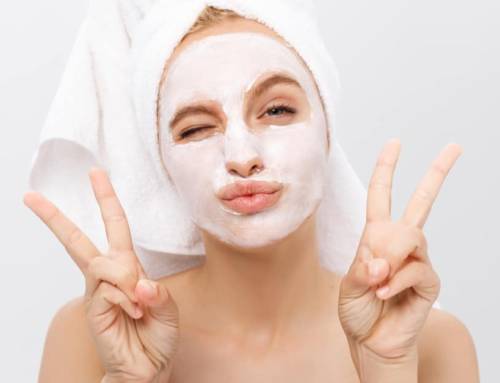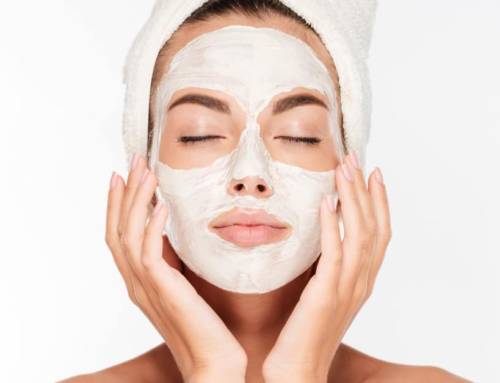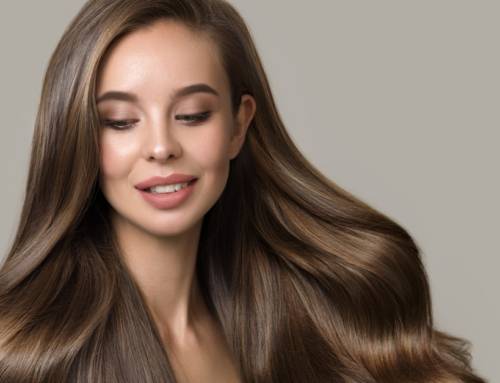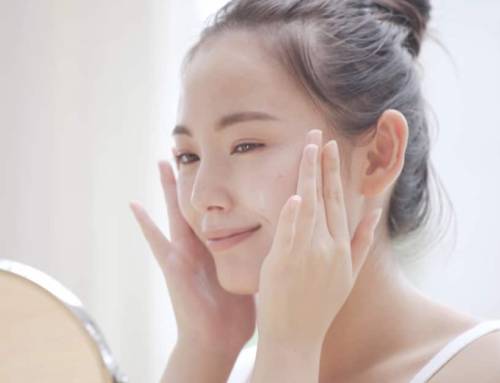Welcome to the United States of Facial Masks
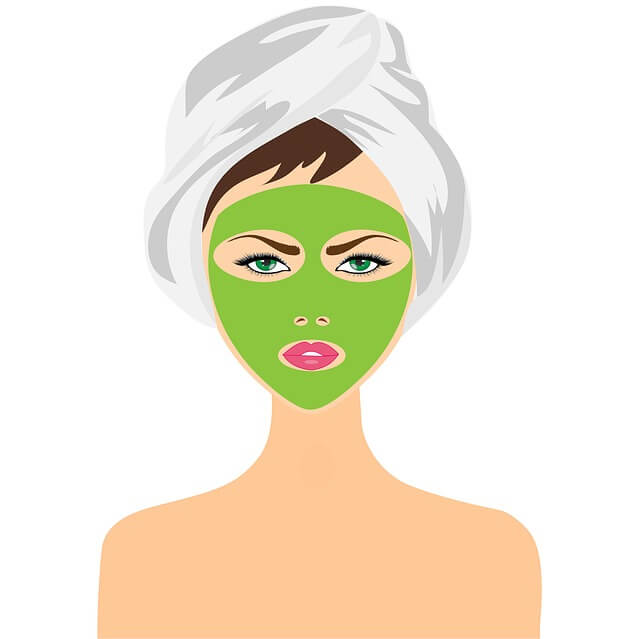
Facial masks – whether in mixable clay powders, spreadable serums, or sheet format, have officially caused a shift in the American skincare market, becoming a necessary beauty product for millions upon millions of consumers.
“The popularity of masks has acted like a beauty-industry aerosol, expanding to fit every skin problem, every trendy ingredient, and every cutting-edge delivery method, filling medicine cabinets across the country in the process,” writes Amanda Mull for The Atlantic.
In fact, the facial mask market is projected to hit an estimated $11.37 billion USD by 2025, expanding at a CAGR of 10.2% from 2018 to 2025, according to new market research. What’s behind all of this unstoppable growth?
There are three huge drivers: the K-Beauty phenomenon, an expanded product reach to male consumers, and the influence of social media spurring on facial mask usage.
Korean beauty influence
The dominance of face masks in the American beauty market is inextricably linked to 2011, when Korean beauty products began to be on offer in the United States. The affordability and specialized ingredients in K-beauty products excited U.S. consumers, who were intrigued by unique ingredients like bee venom and snail slime, new product formats, and the heralded 10-step Korean skincare routine.
“Korean skin care products tended to be more affordable than what one can buy at Sephora while seeming cooler than drugstore products available anywhere,” Tracy E. Robey, of K-Beauty blog fanserviced-B, told Vox. “In part, K-beauty was tied to a desire for distinction: having the taste and resources necessary for having something special.”
As skincare fanatics began to seek out K-beauty options online, major U.S. retailers like Sephora, Target, and Ulta took note and began to offer K-beauty products in store. And of all the K-beauty products offered in retail stores, one in particular stood out: the sheet mask.
Affordable, fast to use, and quick to deliver visible results, Korean sheet masks were an excellent option for consumers who wanted to dabble in the K-beauty trend – but not drop too much cash. Additionally, the convenience of the product was a huge selling point, as sheet masks could be taken anywhere and used quickly before any event.
“Convenience and portability of face masks are well-suited for the current fast-paced lifestyle of consumers worldwide. Popular as tap & go contraptions, face masks are more appealing to modern world metropolitan consumers,” said MarketWatch. “The rise in middle class population that aspires for higher life quality has driven the demand for natural ingredient-based face masks, as these ingredients have become huge motivation for consumers while trying new products.”
Expanded appeal
After becoming a part of the general skincare lexicon in the U.S., sheet masks and face masks continued to grow in popularity by becoming a beloved skincare product – for men.
Once thought of as a product used only by female consumers, face masks are now used, widely and frequently, by male consumers. Sheet masks in particular have seen a rise in popularity with male consumers, with sales up 48% in the second half of 2018.
“Interestingly, spend coming from men has doubled in the last year – 43% more men are buying them, making the male face mask market worth $5.7 million,” according to Kantar.
The uptick in male usage of facial mask is tied to several factors. First, several brands are offering products with genderless or male-friendly packaging, making the product more accesible to the average consumer. Additionally, there’s been a larger cultural push for men to take care of their skin, as evidenced by the expanded and continual media coverage on skincare in more traditional male publications like Esquire, GQ, and Men’s Health.
As the facial mask market continues to grow in the U.S., this burgeoning percentage of male users will continue to become more and more significant for manufacturers.
Sales growth thanks to social media
Finally, the U.S. facial mask popularity is being driven by social media. Most notably, Instagram and Instagram stories have led the charge on increasing sheet mask sales.
“Even with novelty and accessibility on their side, sheet masks’ meteoric popularity probably wouldn’t have been possible without Instagram Stories,” writes Mull for The Atlantic. “Although people tend to apply masks at home, they’re far easier to broadcast on social media than serums or exfoliants. Masks usually have a color, they sit on your face for an extended period of time, and they connote a period of inward-focused leisure that feels a bit aspirational—and perfect for Instagram.”
Currently, the #facemask hashtag has 2.5 million posts on Instagram, #sheetmask has 620.3k Instagram posts, and #facialmask has 298.4k posts.
Instagram has led the charge in increasing sheet mask sales.
As manufacturers continue to offer more innovative and Instagrammable facial masks and sheet masks, these staggering numbers will only continue to grow – along with face mask sales in the United States.



